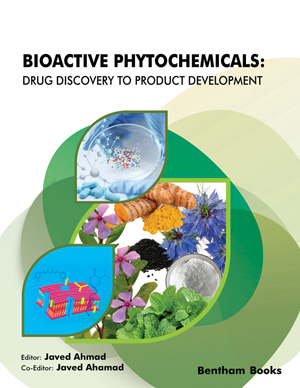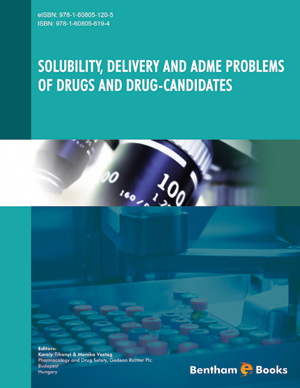Abstract
In this chapter, we have highlighted most of the recent nanotechnologybased
therapeutic treatment for burn wound management, considering the feasibility
and appropriateness of each therapeutic procedure, and recovery of the injured tissue
ultimately. A wide variety of these burn-deaths occur in small- and medium-wage
countries, where survivors face an existence of morbidity. The availability of microbial
nutrients, interference of the skin barrier, destruction of vascular supply in burns, along
with critical immunosuppression are vital parameters that reduce burns resistance
against the disease. Nanotechnology has provided a range of molecular designed
nanostructures that can be used in both corrective and demonstrative burn applications.
These nanostructures (NS) can be divided into organic and inorganic, such as polymer
nanoparticles and silver nanoparticles, individually. This assessment covers the
physiology of the skin, the classification of burns, the pathogenesis of burns, and
different topical methodologies for combating contamination and stimulating healing.
These incorporate biological methodologies dependent on antimicrobial and ultrasound
treatment, as well as nanotechnology-based wound healing approaches as an advanced
area of therapeutic approach. In this way, we have focused on an organic and inorganic
nanostructure designed to give advanced formulation for the burned skin, their
management/treatment etc. The injury recovery process is a characteristic and
unpredictable reaction of the body to its injuries and incorporates a highly coordinated
arrangement of biochemical and cellular phenomena to restore the respectability of
injured skin and tissues. The nature and related complications of burns lead to
inadequate and delayed recovery from these types of injuries. Among the various
materials and structures that have been used in wound management, useful
nanotechnology-based structures demonstrated an incredible opportunity to enhance
the repair procedure of various types of wounds. The aim of this research is to give an
illustration of the on-going reviews on nanotechnology-dependent burn wound
management and the future view of these frameworks here.
Keywords: Antimicrobial, Burn Wounds, Burn Injuries, Burns Classification, Cellular Phenomena, Microbial Nutrient, Nanotechnology, Nanostructures, Polymeric Nanoparticles, Pathogenesis, Skin Wounds, Silver Nanoparticles, Wound Healing, Wound Disease.






















